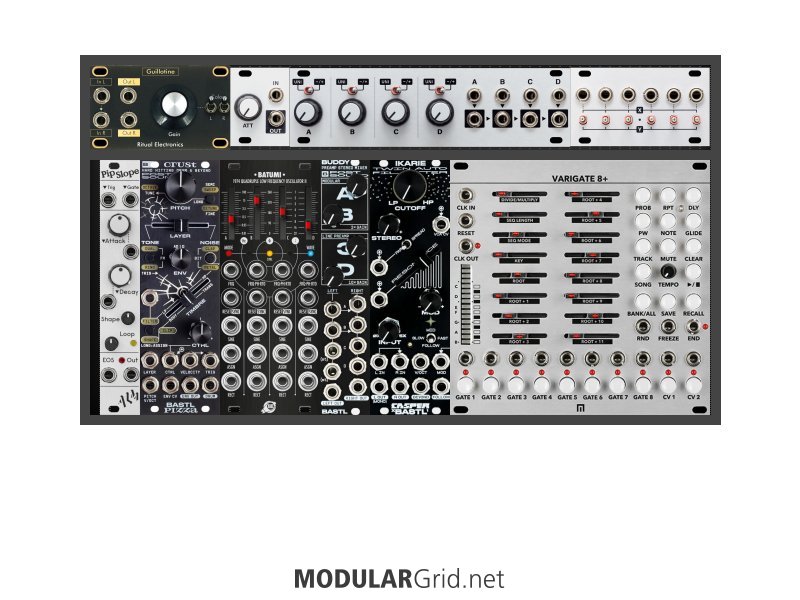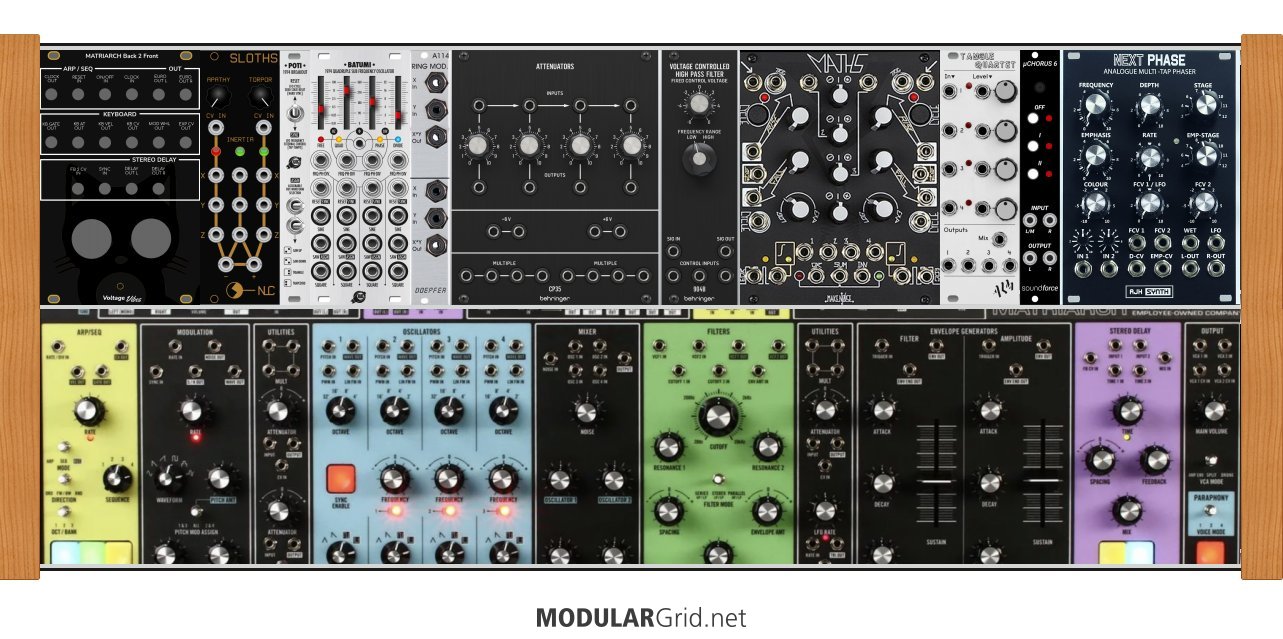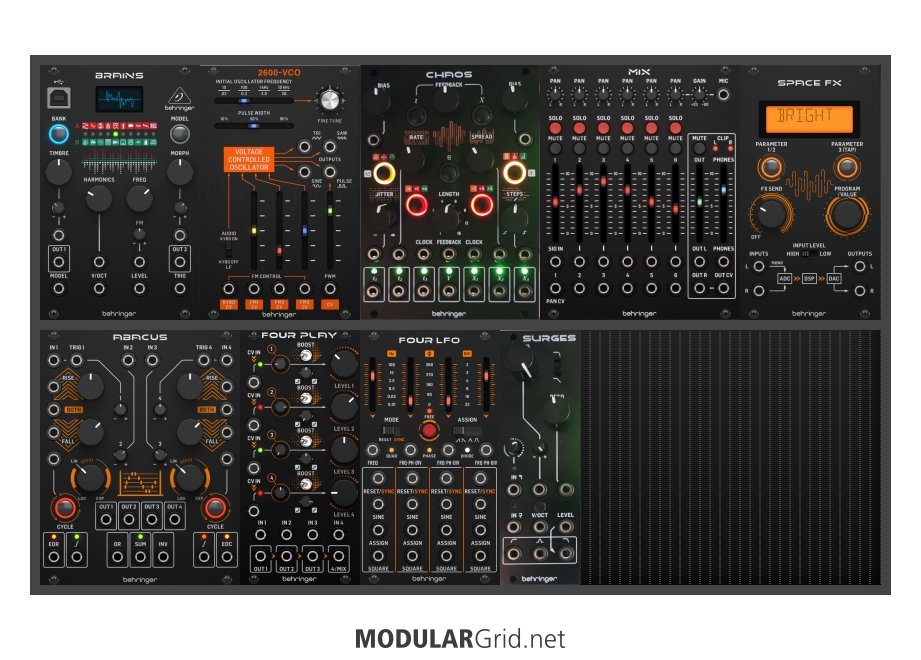IMO if you're not sure about maths then don't buy it, you need to know why you want that module for it to make sense taking up 20hp in a 62hp case, I'd be unsure on including it myself in a small case like that and I have several Maths. You need to watch videos/find some overview on it, the manual and helping docs out there are great. It does look confusing at first but is spaced and placed pretty well for playing live.
I don't have the DFAM modules and can't comment much on them, I know they have videos online, but I think they are bursting pulses into the Step inputs on the sequencer to pick out specific steps, change sequence length, and to add the Reset functionality. Unique.
If IDUM is the kind of module that is catching your eye, be sure to check out other gate sequencers. I like that its purpose seems to be to manipulate other sequencers because you have plenty of those, but it's kind of hands-off on the composing front. If it's going to be your main sequencer then make sure you add some helper mods for enhancing that experience. There are supposedly a bunch of great sequencers on the Ipad these days if you have one, you would technically bring those in with a cheap MIDI module, but it's the touch interface and ability to swap apps to other sequencers as your real "module" there.
I would say do more/deeper research, you're not being forthcoming with how you're using your synths here so I'm not sure how you're planning to patch this up or what the setup is like w/o the eurorack. The moogs make it easy to mix outside the rack, which if you take advantage of frees up some space. Try mapping out an example patch that you would create if you had the full setup you're looking at. That's a good way to find out something like "well I have 8 trigger outs and only need 3" or "I need X total inputs to use this submixer how I want to." I would say a stereo filter is awesome with the MSS but not if you're just doing percussive stuff, I'd proabably prefer a panner, but if there's a dedicated mixer then I might prefer a line/euro level changer (if the IJ case outs are insufficient) since no panner necessary. Your other hardware is going to determine a lot of what's useless/out of place in your rack.
One other thing is you could go with a "Battleship" style module, bigger/more expensive but offering something usually only found in euro with good playability. Some 30hp+ examples would be Make Noise Rene, Erica Synths Drum Sequencer, TipTop Audio Circadian Rhythms, WMD Metron, or Frap Tools Usta. Some 20hp+ examples would be MN Morphagene, Malekko Varigate 8+ and Voltage Block. I use my Make Noise Tempi the most for basic clocking/triggering and it's 10hp. The 104hp IJ case would remove a lot of concern and has some nice additions for not much more than the 62hp.
Also don't forget the cheaper behringer modules, they can get your feet wet before dropping big money on "regular" modules. The System55 and ARP 2500 series are solid in my experience and have earned their place, but you can get a Maths clone for a third of the price to see if that esoteric approach is for you.
Couple resources for you
Braintree is a solid channel and has a good series on expanding the MSS, some of your questions make me think this is right up your alley. He also has some good videos on Maths itself that help demystify it.
Great demo by Baseck for two sequencers. Voltage Block + Varigate 8 combo make for some compelling modular sequencing. There's a lot more to this than an IDUM and you get to work for it. Expensive but powerful combo.
Check out this rack, replaced Maths and the 1U Steppy with a Pip Slope and a Quadratt to retain some of the functionality but free up more 3U space. Now there's room to be made for something like a Varigate or Circadian Rhythms

Oh yeah last thing to mention is that if you check the "overall price" for your rack you'll see that these are up over $2k now in 62hp. Some manufacturers bundle their modules together into 104hp systems as a deal, you may want to check out what packages you can get for this price elsewhere. There's a lot of Doepfer you can get for this cash, but it's also around the price of Erica Synths, Make Noise, etc. systems as well as impressive standalone drum machines like Erica's Perkons and Vermona PerFourMer.



